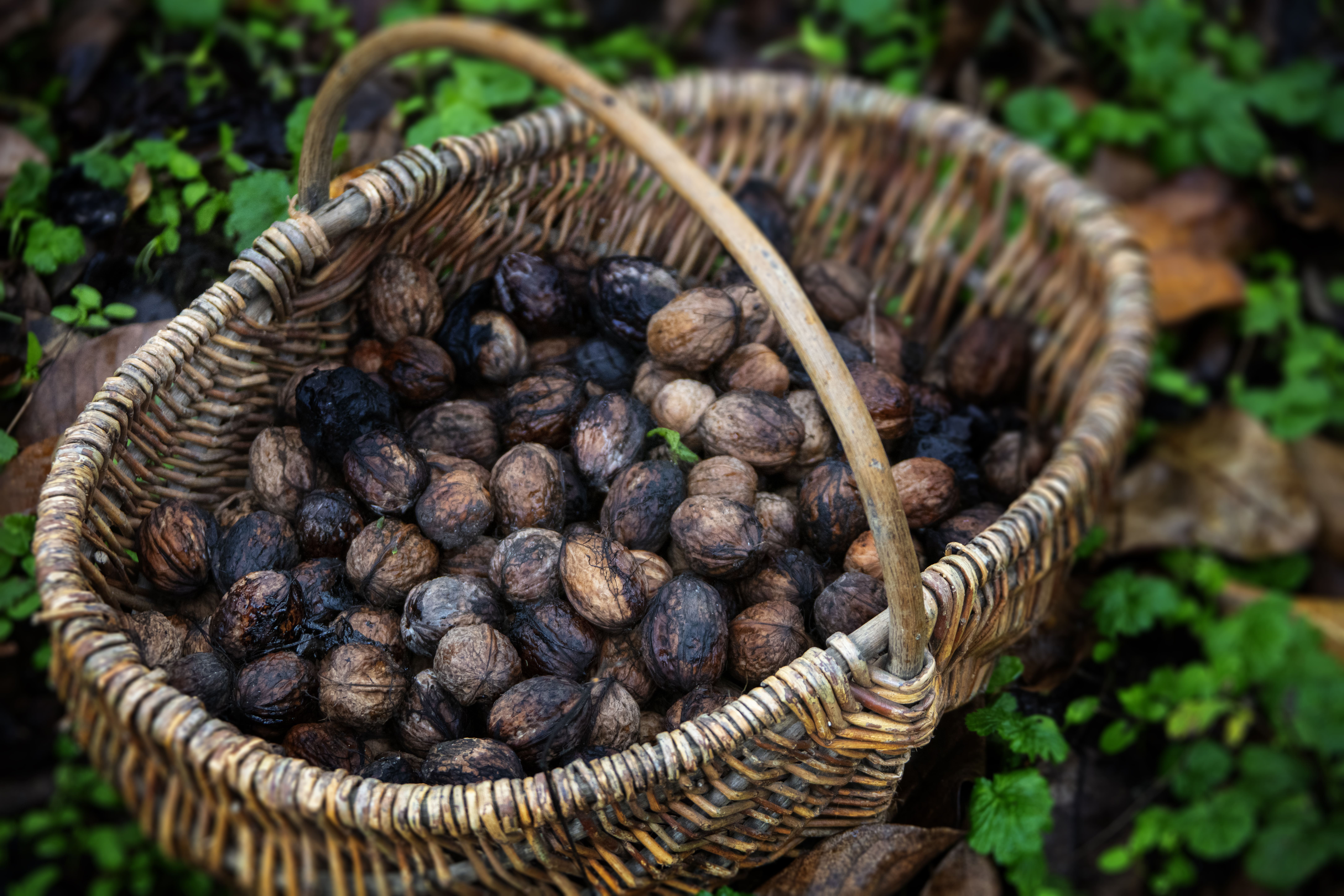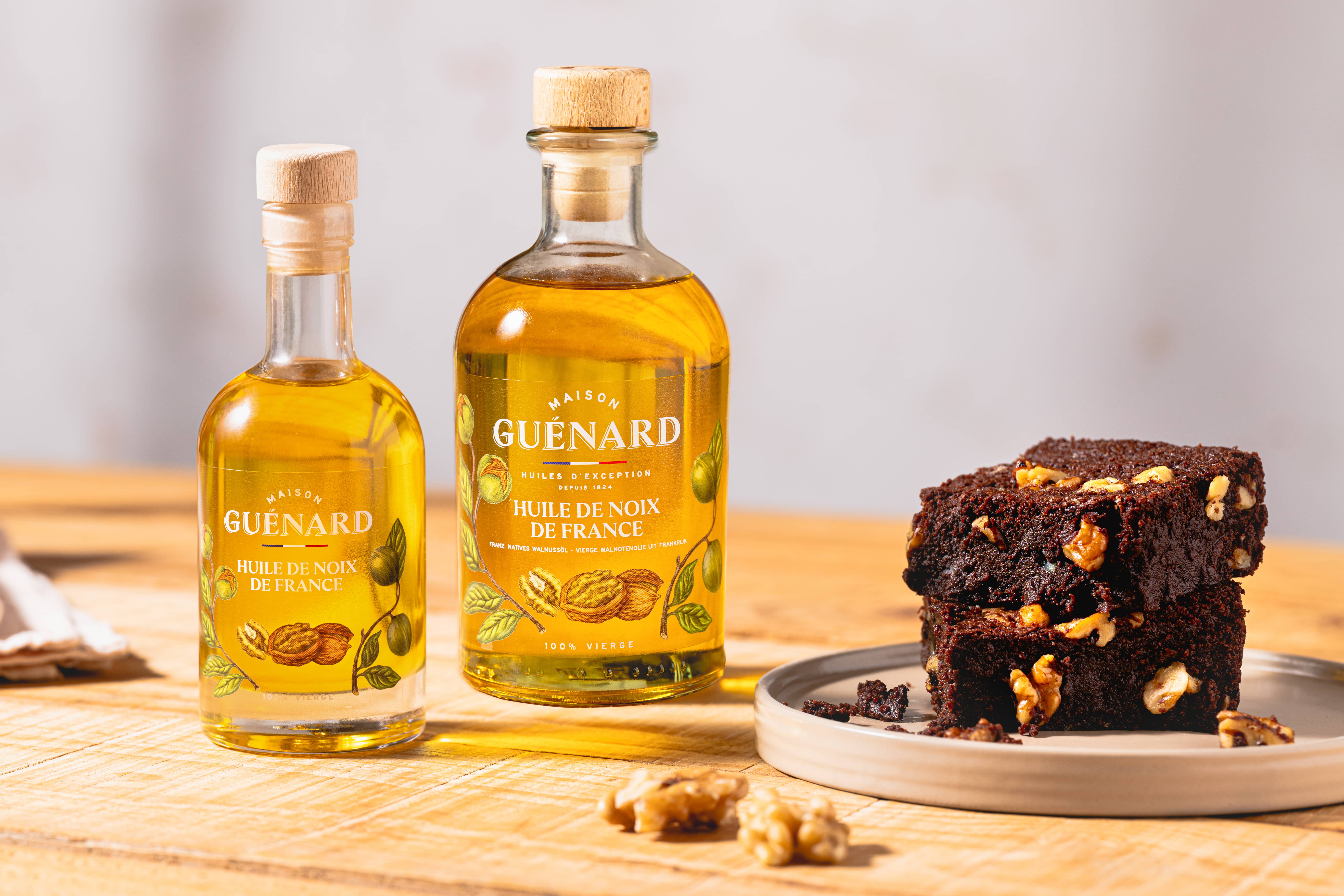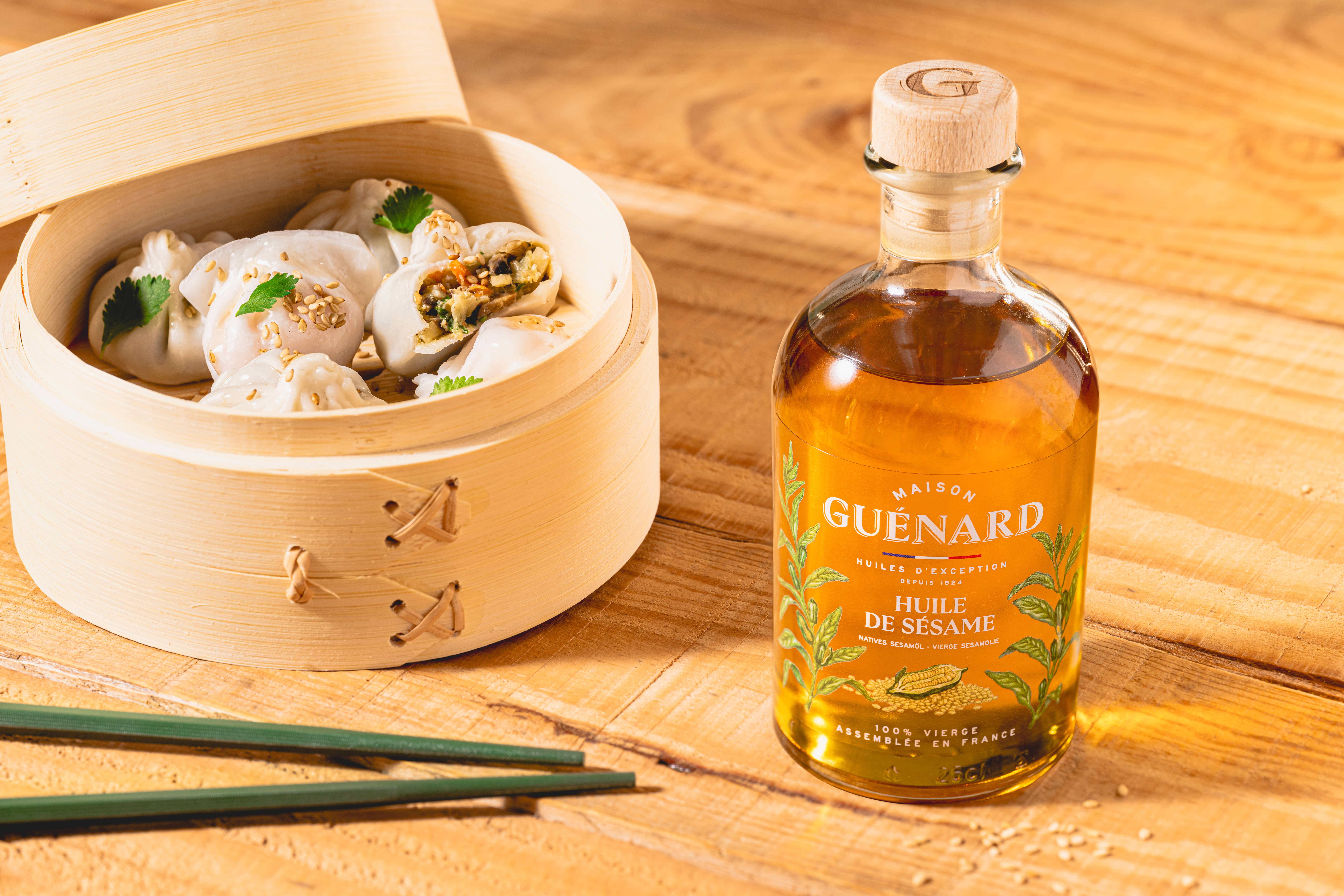Sunflower
The sunflower is a herbaceous plant that returns each year. It can be easily identified by its height, its straight stem covered with green leaves, and its flowers with their large, dark yellow petals. Sunflowers are majestic plants that can reach heights of up to four meters.
Historically, sunflowers were first grown by Native Americans for their various properties, and were then introduced to Europe by the Spanish in the 16th century. However, their oil was not used for food purposes until the 19th century.
Etymologically, the name ‘sunflower’ comes from the plant’s Latin name Helianthus – combining the Greek words ‘helios’ (‘sun’) and ‘anthos’ (‘flower’). This is due to the fact that the plant’s stem turns towards to sun to make the most of the energy it has to offer.

From seed to Sunflower oil
Generally harvested between September and October, the sunflower has rustic origins and is therefore able to adapt well to different weather conditions. Cultivating this plant has a limited impact on the environment. It is now widely grown for its seeds, which are rich in high-quality food oil. Sunflower oil is valued for its good balance of fatty acids, and is the vegetable oil with the highest content of the essential fatty acid omega-6.
The oil is extracted from the seeds, which must first be separated from all the waste, which makes up 40 to 50% in improved varieties. On average it takes a ton of sunflowers to make 390 liters of oil, or around 2.5 kg per liter. In dry years, this increases to 4 kg of sunflowers per liter.
Guénard Sunflower oil (by Chef** Christophe Hay)
Made in the central part of the Loire Valley, our 100% virgin sunflower oil made from harvested seeds is produced at our oil mill in Noyers-sur-Cher. Our seeds are then toasted to reveal all of the aromas contained within and obtain a delicately toasted oil.










